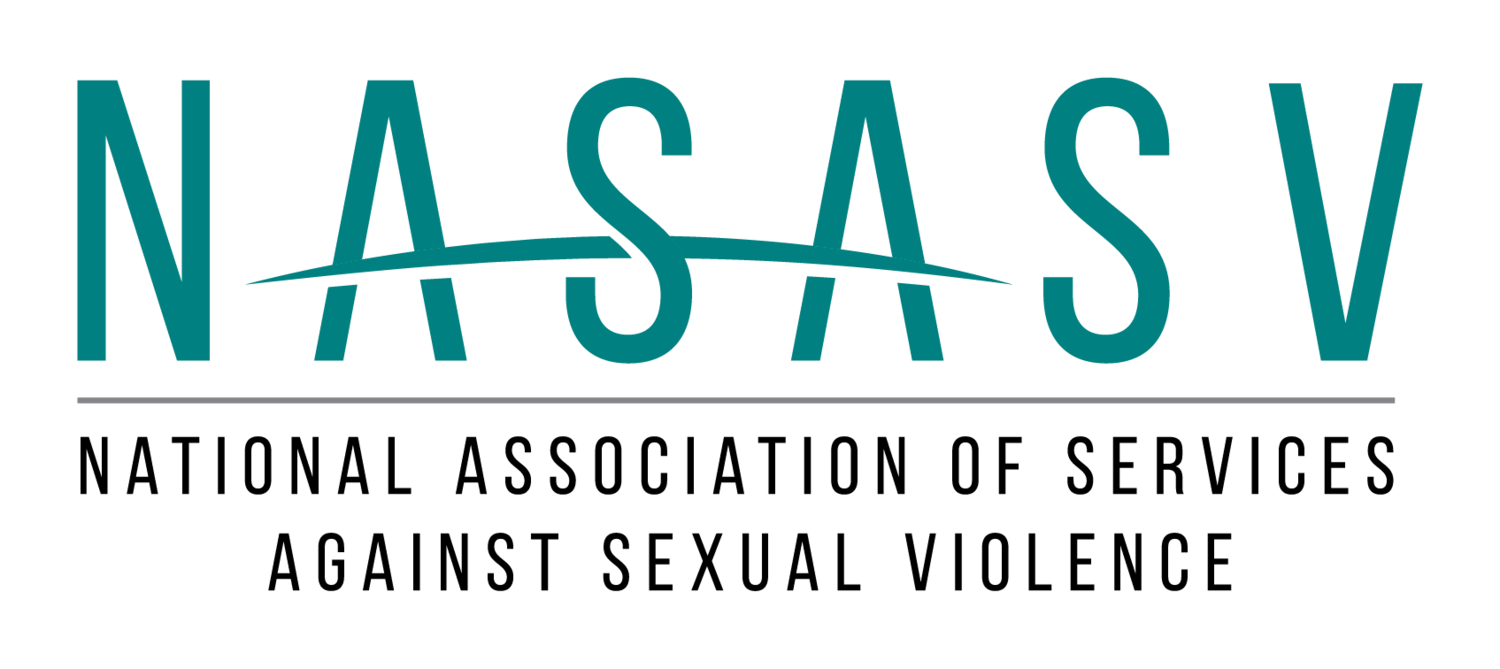Preventing sexual violence
Sexual violence can be prevented. The majority of prevention work in sexual violence is informed by a public health framework and literature from research on social determinants of health and wellbeing, and risk and protective factors. A comprehensive approach with preventive interventions at multiple levels across the ecological model; individual, relationship, community and society are required to make change and have population level impact.
The literature and evidence base on prevention of sexual violence is less developed than other types of violence. It is critical that all practitioners in this space work with the evidence that does exist and focus on the strategies and approaches that are most likely to impact sexual violence. This includes a focus on preventing sexual violence from occurring in the first place and approaches to lessen the immediate and long-term harm of sexual violence.
This prevention framework views prevention across three levels, primary, secondary and tertiary.
Examples of sexual violence prevention across all levels include:
Education for children, young people and adults to form healthy and respectful relationships, recognise sexual assault and respond effectively
Ensuring organisations, businesses and institutions are “Child Safe” and adhere to the Child Safe Principles
Provide guidance to health sector workers to improve recognition of factors impacting sexual safety of clients
Providing online education around cyberbullying, online image abuse, pornographic and sexting
Awareness community and/or media campaigns that focus on social norms that support gender equity and non-acceptance of violence
Bystander interventions that enable community members to recognise and intervene in situations where sexual assault may occur
Campaign that mobilises men and boys as allies in sexual violence prevention
Workplace sexual harassment policies and training
Empowerment training for young women to reduce risk for victimisation
Provide therapeutic services for children and young people with harmful sexual behaviours


